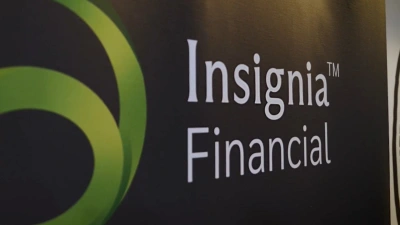AMP FP no longer tops the list


AMP Financial Planning lost its status as the single biggest financial planning group in Australia by adviser number at the end of last year with its number of advisers falling to 815, almost 3% less than the current largest group NTAA-owned flat-based fee model practice SMSF Advisers, according to data from HFS Consulting.
By comparison, in August last year AMP FP for the first time in years posted a drop in adviser numbers to below 1,000 for and, at the start of 2019, the firm had close to 1,400 advisers under its wings.
The company was also a consistent winner for the past five years in the longest-running annual snapshot of the leading advice groups the Money Management TOP Financial Planning Groups Survey.
According to the survey, in 2015 AMP FP had over 1,700 active authorised representatives who were financial planners and since then the firm had continued to lose advisers, recording a fall to 1,650 and 1,500 planners in 2016 and 2017, respectively.
Source: HFS Consulting
At the same time, as at the end of December, 2020, AMP Group managed to maintain its dominant position and had jointly 1,598 advisers on its books against IOOF, which came second with 1,249 planners operating under its umbrella.
Excluding National Tax and Accountants Association (NTAA), MLC Group ended the year as the third largest financial planning licence by adviser numbers with 676 and was closely followed by Easton Group who had 652 planners.
The biggest independent financial planning group, Synchron, came fourth and had more than 500 advisers at the end of December.
Source: HFS Consulting
Recommended for you
A financial advice firm has been penalised $11 million in the Federal Court for providing ‘cookie cutter advice’ to its clients and breaching conflicted remuneration rules.
Insignia Financial has experienced total quarterly net outflows of $1.8 billion as a result of client rebalancing, while its multi-asset flows halved from the prior quarter.
Prime Financial is looking to shed its “sleeping giant” reputation with larger M&A transactions going forward, having agreed to acquire research firm Lincoln Indicators.
An affiliate of Pinnacle Investment Management has expanded its reach with a London office as the fund manager seeks to grow its overseas distribution into the UK and Europe.















